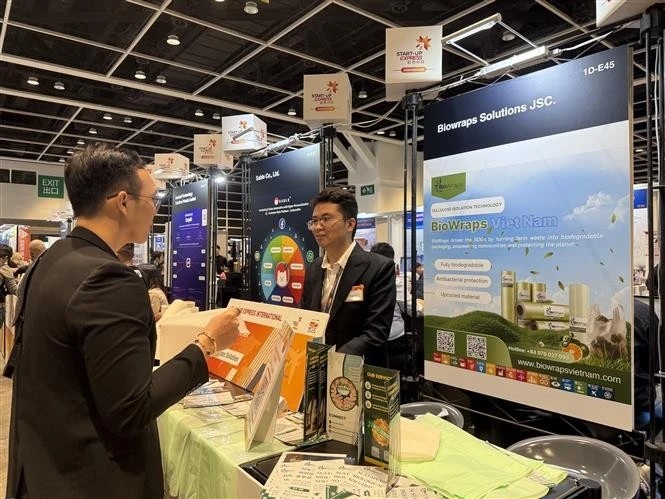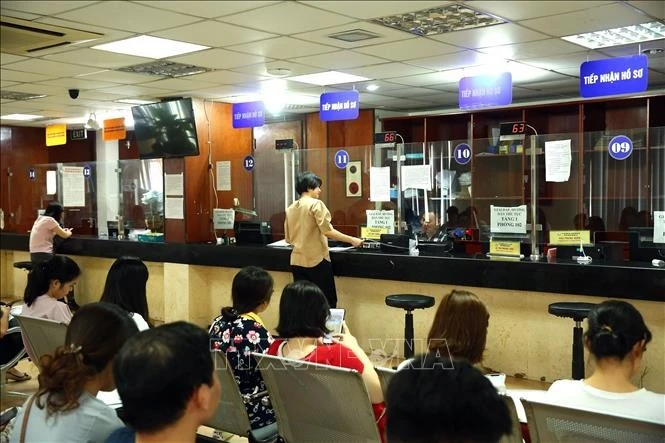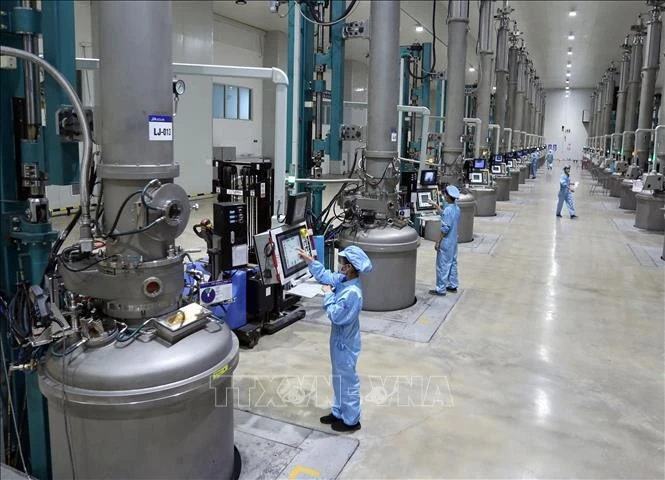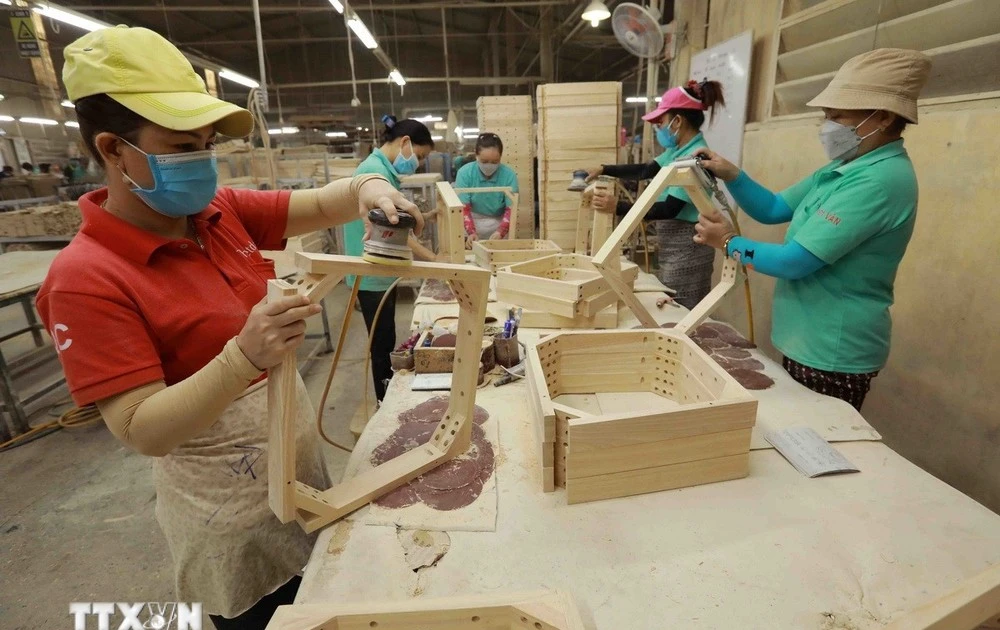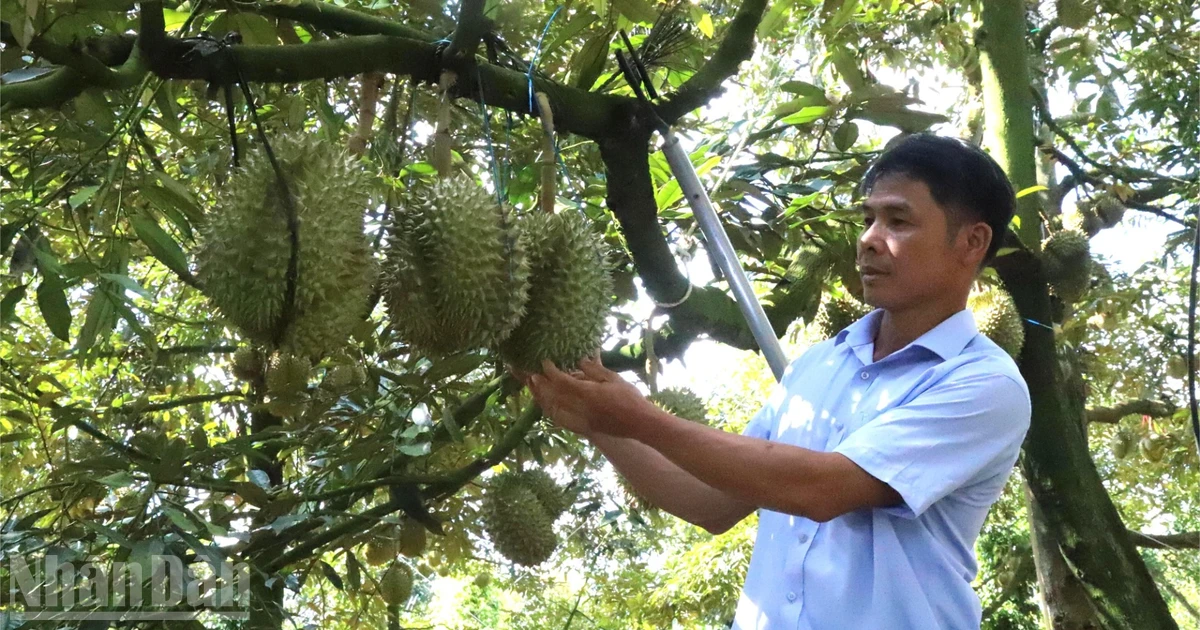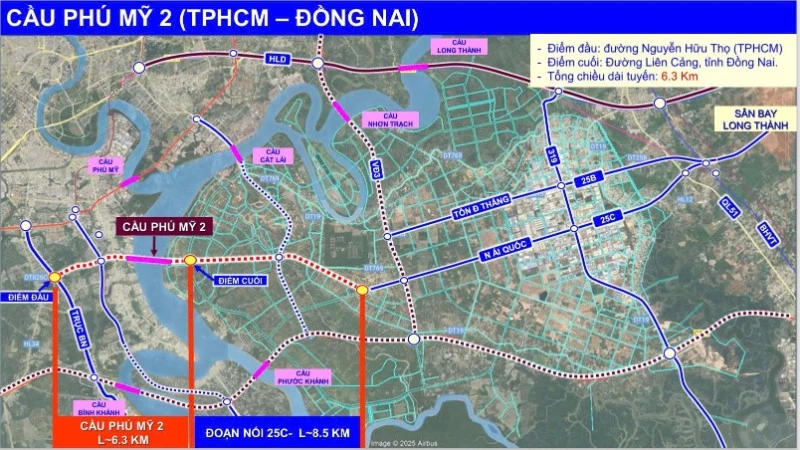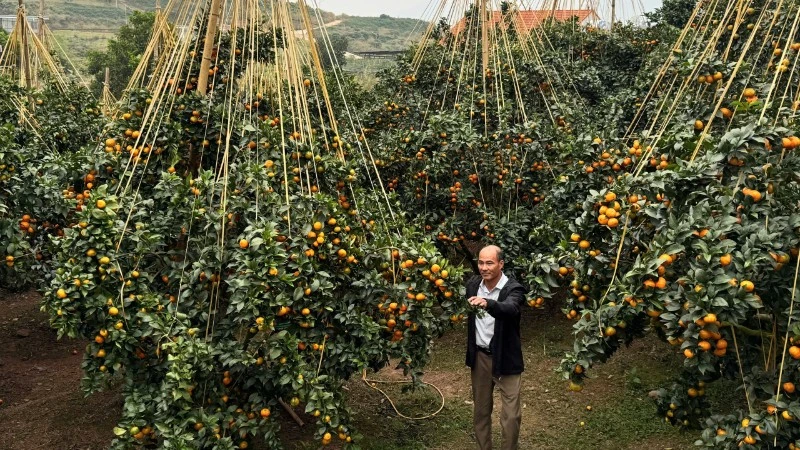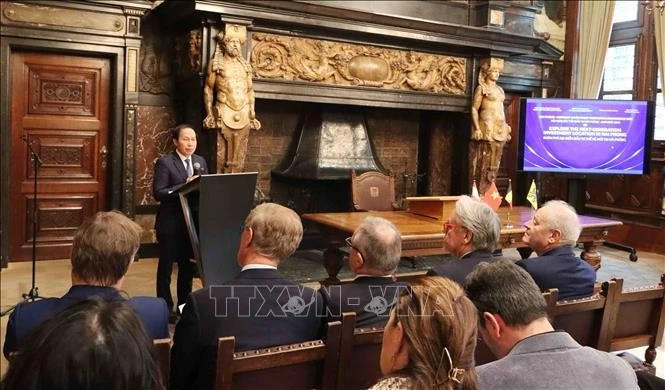In this process, agriculture and the environment play a pivotal role – ensuring livelihoods and food security while laying the foundation for a green, circular, low-emission economy.
Agriculture and environment – Pillars of national development
Agriculture and rural development have always held a strategic role, acting as a stabilising pillar in every period of fluctuation, ensuring national food security, contributing to poverty reduction and social stability, pioneering policy reform, and continuing to be a driving force for development in the era of industrialisation and urbanisation.
At the same time, environmental protection and natural resource management increasingly affirm their importance as the sustainable foundation of the nation. Agricultural economics has grown steadily, undergoing structural transformation towards higher added value and sustainability.
Between 2021 and 2024, agricultural GDP grew by 3.57% per year; exports of agricultural, forestry and fishery products increased by 10.3% annually, reaching 62.5 billion USD in 2024, with a record trade surplus of 18 billion USD – nearly 70% higher than in 2020.
Viet Nam’s agricultural products are now present in 196 countries and territories, ranking second in Southeast Asia and 15th globally. The new-style rural development programme has progressed in depth.
As of June 2025, 78.7% of communes nationwide met new-style rural standards, achieving 98.4% of the target for 2021-2025; among them, 40.4% met advanced standards, 10.8% met model standards, and 43% of extremely disadvantaged villages and hamlets had achieved new-style rural status.
Average rural income reached 54 million VND (2,000 USD) per person in 2024, 1.3 times higher than in 2020; the multidimensional poverty rate fell from 7.1% in 2020 to 3.5% in 2024.
Rural living standards have improved markedly, with more sustainable production methods. Environmental protection, resource management and climate change adaptation have become guiding principles for the entire economy. A consistent principle is to avoid trading the environment for superficial economic growth.
Forest management, protection and development, along with biodiversity conservation, have been strengthened; renewable energy has grown to three times the original target; and the circular economy has gradually been institutionalised.
Greenhouse gas inventories in accordance with international standards, along with emission reduction roadmaps, demonstrate the nation’s determination to integrate and fulfil global commitments.
Land, water and mineral resources are being planned and used rationally, generating important revenue while aligning with national security objectives. Sea and island management follows an integrated, cross-sectoral, inter-regional approach; forecasting, early warning and disaster prevention capacities have been enhanced. Remote sensing technology, surveying data, national mapping and geographic information systems have been synchronously developed and integrated to support digital government, the digital economy and digital society.
A strong transition towards green and sustainable development
Building on past achievements, the sector is entering a new stage requiring comprehensive transformation. Global trends show that agriculture can no longer follow the “brown”, resource-intensive model, but must shift towards a “green”, ecological, sustainable model. This is both an inevitable requirement of the era and the only pathway to enhance competitiveness and meet international standards.

Green agriculture aligns three pillars: economy–environment–society. On the economic front, it focuses on improving productivity, reducing waste and increasing recycling rates.
On the environmental front, it aims to restore and maintain soil fertility, limit erosion and chemical pollution, use water efficiently, prevent deforestation, conserve biodiversity and reduce emissions.
On the social front, it seeks to create more “green” jobs, enhance social welfare and promote social equity.
Awareness has shifted significantly, viewing agricultural, forestry and fishery by-products as renewable resources. Nearly 160 million tonnes of by-products are generated annually, of which over 50% of crop by-products and 90% of fishery by-products are reused, creating inputs for biomass energy and organic fertilisers, contributing to emission reduction and added value.
Digital transformation is emerging as a new driver. Digital technologies such as the Internet of Things, big data and artificial intelligence are being widely applied in monitoring and production management, helping increase productivity, reduce costs, improve transparency and meet global traceability requirements.
Interwoven challenges and opportunities for breakthroughs
In the coming period, Viet Nam’s green agriculture will face numerous challenges intertwined with opportunities. Sustainable development and the green transition have become inevitable trends, accompanied by stricter environmental, social, quality and food safety standards; Viet Nam’s agricultural products must therefore demonstrate low-emission production processes that do not disrupt ecological balance.
The Fourth Industrial Revolution brings both technological innovation opportunities and intense competitive pressure.
Domestically, industrialisation and urbanisation are increasing pressures on resources, the environment and labour. However, the green transition is an opportunity for breakthroughs, maintaining growth while protecting the environment. This is a mission of decisive significance for the sector in the coming period.
Leveraging national advantages to lead the comprehensive green transition
Entering a new era, agriculture and the environment must accelerate, operating as an integrated whole. Agriculture must harness national advantages, affirm the central role of farmers, and place strong emphasis on environmental and public health protection.
The sector must transform towards ecological, modern and globally competitive directions, where value is measured by quality, added value and branding. Rural areas are not merely places to live but strategic economic spaces, a “living heritage” of national culture, and safe, fulfilling environments. Farmers are both professional producers linked through cooperatives and gradually transitioning into non-agricultural sectors, aligning rural development with urbanisation.
Developing green agriculture is an inevitable trend, helping Viet Nam meet high-quality consumption demand, expand international markets, reduce climate change impacts, protect ecosystems and ensure sustainable livelihoods.
In the context of major global economic shifts, Viet Nam’s agriculture is no longer simply “food production” but must progress towards ecological, modern and high-value agriculture – a direction affirmed in Resolution No. 19-NQ/TW on agriculture, farmers and rural areas to 2030, with a vision to 2045; and in the Strategy for sustainable agriculture and rural development for 2021-2030, with a vision to 2050.
At the same time, the National strategy on green growth for 2021-2030, with a vision to 2050, identifies this as the driving force for economic restructuring, innovation of the growth model, and progression towards economic prosperity, environmental sustainability and social equity, contributing to global goals of carbon neutrality and limiting global temperature rise.
In the context of major global economic shifts, Viet Nam’s agriculture is no longer simply “food production” but must progress towards ecological, modern and high-value agriculture – a direction affirmed in Resolution No. 19-NQ/TW on agriculture, farmers and rural areas to 2030, with a vision to 2045; and in the Strategy for sustainable agriculture and rural development for 2021-2030, with a vision to 2050.
To realise this vision, the sector must focus on four strategic pillars.
First, renew thinking from purely “agricultural production” to “agricultural economics”; from “single-sector development” to “cooperation and multi-sector development”, promoting multiple integrated values in agricultural, forestry and fishery products, and ensuring production is aligned with market demand to improve efficiency and farmers’ incomes.
Second, transition towards green, sustainable, multi-value development instead of focusing solely on agricultural output; develop models that reduce inputs, protect the environment, and simultaneously utilise agricultural ecosystem services such as agri-tourism, biodiversity conservation, carbon sequestration and green landscape development.
Third, invest in science and technology as core drivers; prioritise renewable energy, resource efficiency, low-carbon technologies, the circular economy and digital technologies; linked with ecosystem restoration and environmental protection.
Fourth, promote the green economy as a mainstream direction in production, business and consumption; support enterprises with finance, technology and skills for transitioning to green, sustainable production and business models; encourage green innovation and start-ups; expand international cooperation, integrate deeply into global supply chains, and build a national brand associated with green and sustainable standards.
With its mission as a pillar of national security and a pioneer in the green transition, the agriculture and environment sector will continue to leverage national strengths, seize opportunities and overcome challenges to lead the comprehensive green transition.

